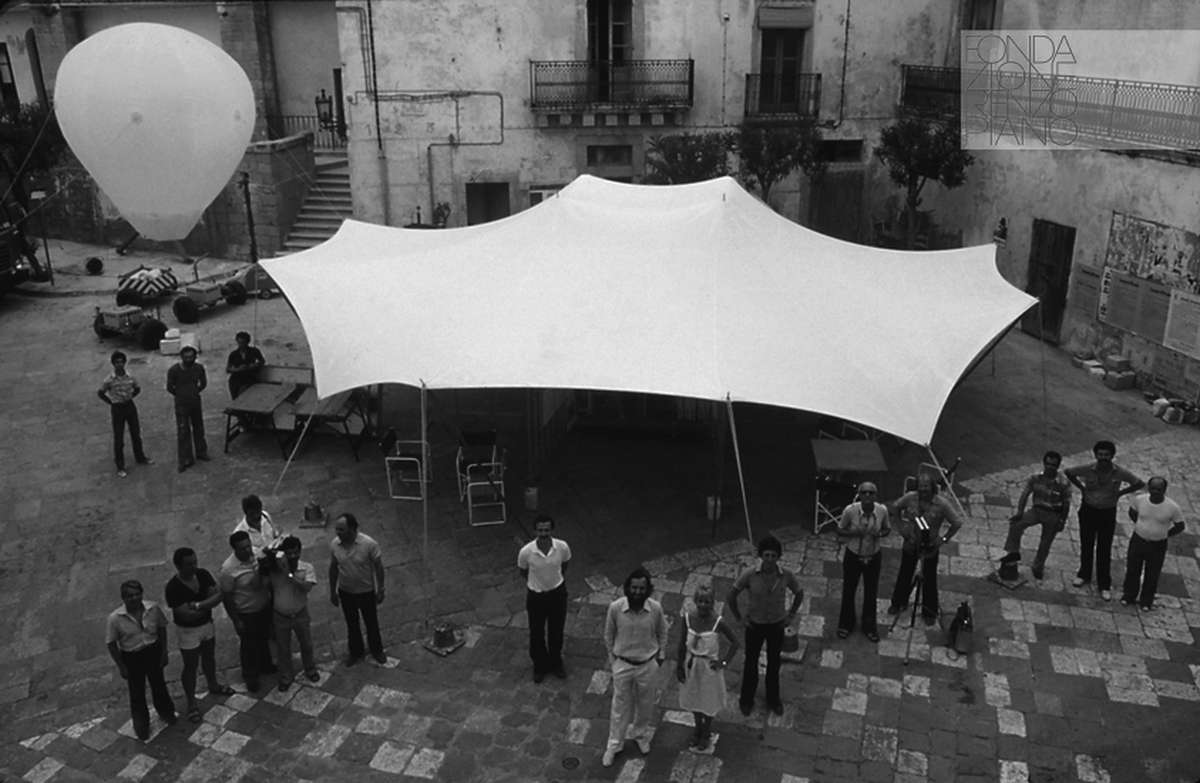Idea by
Luigi Mandraccio, Matilde Pitanti, Annapaola Vacanti
Quinta Colonna
Call for ideas 2020
Social spaces
Social spaces

- Systemic changes
Physical social spaces, virtual ones, and urban/architectural places. Relations between them describe both social dynamics and evolution of built environments, but also mutual bonds. In addition, temporary communities emerged from unconventional situations – or "crises" – bring out those forces that allow to overcome the challenges of a non-normalized context.
Studying the experiences of these interactions can help to develop an advanced awareness of the potential related to communities. Our aim is to experiment – both theoretically and operationally – the possibilities arising from the action of temporary communities on the physical space and, therefore, on the city.
To define new strategies for social and urban resilience, our goal is to *-build community experiences…
*re- recovering shattered, forgotten, inactive, troubled situations
*un- break-up as an analysis process, that is: disassemble to better understand
*co- recognize the need for sharing also in the analysis process

Facebook Safety Check (or Crisis Response) is a featured released by Facebook in 2014, inspired by people’s use of social media to connect with friends and family during Tōhoku tsunami in 2011. The feature is activated during natural or man-made disasters and terror-related incidents to quickly determine whether people in the affected geographical area are safe and is also used to organize volunteers and bring help to the affected area.

Urban Risk Map is a platform developed by the Urban Risk Lab of the MIT. It is presented by the Lab itself as “... a device to harnesses the power of citizen reporting and social media to map time-critical information without needing to install any new applications or training. [...] The platform works with Twitter, Facebook, and Telegram and also visualizes real-time sensor information, such as changing water levels in flood gauges, monitoring wells and pumping stations."

In 1979 Renzo Piano worked on the project of a "neighborhood laboratory" within Otranto (Puglia), as part of a program sponsored by UNESCO. The collaboration with the inhabitants and among the inhabitants was at the basis of the rehabilitation of houses and public spaces of the ancient part of the city. The debates and actions developed during that initiative contributed in an exemplary way to intervene on the physical space shared by the community.
Social spaces
Social spaces

- Systemic changes
Physical social spaces, virtual ones, and urban/architectural places. Relations between them describe both social dynamics and evolution of built environments, but also mutual bonds. In addition, temporary communities emerged from unconventional situations – or "crises" – bring out those forces that allow to overcome the challenges of a non-normalized context.
Studying the experiences of these interactions can help to develop an advanced awareness of the potential related to communities. Our aim is to experiment – both theoretically and operationally – the possibilities arising from the action of temporary communities on the physical space and, therefore, on the city.
To define new strategies for social and urban resilience, our goal is to *-build community experiences…
*re- recovering shattered, forgotten, inactive, troubled situations
*un- break-up as an analysis process, that is: disassemble to better understand
*co- recognize the need for sharing also in the analysis process

Facebook Safety Check (or Crisis Response) is a featured released by Facebook in 2014, inspired by people’s use of social media to connect with friends and family during Tōhoku tsunami in 2011. The feature is activated during natural or man-made disasters and terror-related incidents to quickly determine whether people in the affected geographical area are safe and is also used to organize volunteers and bring help to the affected area.

Urban Risk Map is a platform developed by the Urban Risk Lab of the MIT. It is presented by the Lab itself as “... a device to harnesses the power of citizen reporting and social media to map time-critical information without needing to install any new applications or training. [...] The platform works with Twitter, Facebook, and Telegram and also visualizes real-time sensor information, such as changing water levels in flood gauges, monitoring wells and pumping stations."

In 1979 Renzo Piano worked on the project of a "neighborhood laboratory" within Otranto (Puglia), as part of a program sponsored by UNESCO. The collaboration with the inhabitants and among the inhabitants was at the basis of the rehabilitation of houses and public spaces of the ancient part of the city. The debates and actions developed during that initiative contributed in an exemplary way to intervene on the physical space shared by the community.